Ragdoll cats are renowned for their striking blue eyes and luxurious semi-long fur that feels as soft as rabbit fur. Their beautiful coat, while low-maintenance compared to some long-haired breeds, still requires regular care to keep it healthy, tangle-free, and gleaming. Understanding the nuances of Ragdoll fur care can make all the difference in maintaining their signature silky texture and preventing common issues like matting or excessive shedding.
The foundation of a healthy Ragdoll coat starts with nutrition. A high-quality diet rich in omega-3 and omega-6 fatty acids promotes skin health and coat shine from within. Many Ragdoll owners notice significant improvements in their cat's fur texture after switching to premium foods containing fish oils or flaxseed. Hydration plays an equally crucial role, as well-hydrated skin leads to softer, more resilient fur. Some owners find that adding wet food to their Ragdoll's diet or using pet water fountains encourages better hydration.
Regular brushing forms the cornerstone of Ragdoll coat maintenance. Unlike some breeds that require daily brushing, Ragdolls typically do well with thorough brushing sessions two to three times per week. Their fur lacks the dense undercoat found in many long-haired breeds, which makes them less prone to matting. However, paying special attention to areas like behind the ears, under the legs, and around the collar can prevent the formation of small tangles before they become problematic. Many owners find that establishing a consistent grooming routine helps their Ragdoll associate brushing with positive bonding time.
The choice of grooming tools significantly impacts the effectiveness of brushing sessions. A stainless steel comb with both wide and narrow teeth works well for detangling and removing loose hair. Many Ragdoll enthusiasts recommend following up with a natural bristle brush to distribute skin oils throughout the coat, enhancing its natural shine. During seasonal changes when shedding increases, tools like de-shedding combs can help manage loose hair more effectively without damaging the delicate topcoat.
Bathing a Ragdoll requires special consideration due to their unique fur texture. While these cats generally keep themselves clean, occasional baths every few months can help remove accumulated oils and debris. Using lukewarm water and a gentle, pH-balanced cat shampoo preserves the coat's natural oils. The drying process proves equally important - thorough drying with a towel followed by careful use of a low-heat blow dryer prevents moisture from being trapped against the skin, which could lead to irritation or fungal issues.
Environmental factors significantly influence Ragdoll coat health. Indoor humidity levels between 30-50% help prevent dry skin and static in the fur. During winter months when indoor heating dries the air, some owners use humidifiers to maintain optimal conditions. Regular vacuuming and clean bedding reduce the amount of dust and allergens that can cling to the cat's fur, minimizing the need for frequent baths while keeping the coat cleaner between grooming sessions.
Professional grooming can complement home care for Ragdolls, particularly for owners who want to maintain a show-quality coat or need help with challenging mats. Many groomers specialize in cat care and understand how to handle Ragdoll fur without causing stress to the cat. Some owners opt for professional sanitary trims around the hindquarters to keep this area clean, especially for older or overweight Ragdolls that may have difficulty grooming themselves thoroughly.
Seasonal changes bring unique challenges to Ragdoll coat care. As temperatures rise in spring, most Ragdolls undergo a shedding period where their winter coat gives way to a lighter summer version. Increasing brushing frequency during this time helps manage the increased shedding and prevents hairballs. Conversely, as winter approaches, their coat thickens, requiring slightly different grooming approaches to maintain skin health beneath the denser fur.
Special attention should be paid to senior Ragdolls, whose grooming needs often change with age. Older cats may develop arthritis that makes self-grooming difficult, leading to matted fur or a dull coat. Gentle daily brushing helps compensate for reduced flexibility, while regular checks for skin lumps or irritations become increasingly important. Some elderly Ragdolls benefit from having their fur slightly trimmed to reduce grooming demands while still maintaining their beautiful appearance.
The emotional aspect of grooming shouldn't be overlooked when caring for a Ragdoll's coat. These affectionate cats often view grooming sessions as bonding opportunities when approached correctly. Creating a calm environment, using soothing tones, and offering occasional treats can transform grooming from a chore into a cherished routine. Many Ragdolls even learn to enjoy being brushed, rolling over to present different areas for attention once they associate the experience with affection and relaxation.
Understanding the genetic factors behind Ragdoll fur can provide valuable insights for proper care. The breed's distinctive pointed coloration means their fur is slightly different in texture on the darker points versus the lighter body. The pointed areas often have a denser texture that may require slightly more attention during brushing. Additionally, the fur on a Ragdoll's ruff (the longer hair around the neck) tends to be finer and more prone to tangling than the rest of their coat.
Innovative products have emerged to support Ragdoll coat care. From waterless shampoos for spot cleaning to specialized wipes that reduce static and remove loose hair between brushings, owners now have more options than ever for maintaining their cat's luxurious coat. Some owners find that using a very light application of feline-specific coat sprays containing natural ingredients helps with detangling while adding extra shine without making the fur greasy.
Monitoring a Ragdoll's coat condition provides valuable health insights. Changes in fur texture, excessive shedding, or the appearance of dandruff can signal underlying health issues ranging from dietary deficiencies to hormonal imbalances. A once-glossy coat turning dull might indicate the need for a veterinary checkup. Regular grooming sessions offer the perfect opportunity to check for fleas, skin abnormalities, or other concerns that might otherwise go unnoticed beneath their thick fur.
For show Ragdolls, coat care takes on additional dimensions. Show cats often require more frequent baths with specialized shampoos to achieve maximum whiteness in their lighter areas. Some handlers use finishing sprays or grooming powders sparingly to enhance the coat's appearance in the ring. The presentation of the ruff and tail fur receives particular attention in shows, requiring meticulous daily care to maintain perfect condition.
Travel and climate changes present unique coat care challenges for Ragdolls. Cats traveling to more humid environments may develop slightly oilier coats, while those in arid climates might experience increased static and dryness. Packing familiar grooming tools and maintaining normal brushing routines helps minimize stress-related shedding during travel. Some owners bring portable water filters when traveling to ensure their Ragdoll's water source remains consistent, which helps maintain coat condition.
The bond between a Ragdoll and its owner often deepens through regular grooming sessions. These gentle giants, known for their placid temperament, frequently relax completely during brushing, sometimes even falling asleep. Many owners cherish these quiet moments of connection as much as the practical benefits of keeping their cat's coat in perfect condition. The rhythmic motion of brushing seems to soothe both cat and human, creating a shared ritual that enhances their special relationship.
Ultimately, Ragdoll coat care balances practical maintenance with an appreciation for the breed's unique characteristics. Their semi-long fur, while beautiful, serves as an outward reflection of their overall health and wellbeing. By approaching grooming as an extension of care rather than a chore, owners can ensure their Ragdoll's coat remains as magnificent as the cat's charming personality. The time invested in proper fur care pays dividends in the form of a healthy, happy cat whose stunning appearance turns heads and sparks conversations wherever they go.
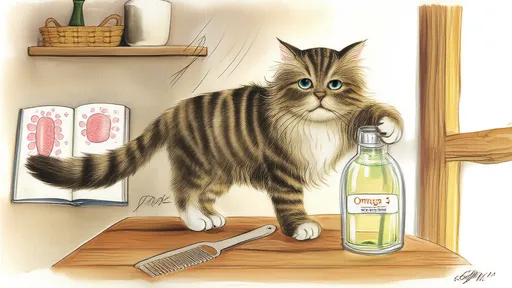
By /Jun 28, 2025
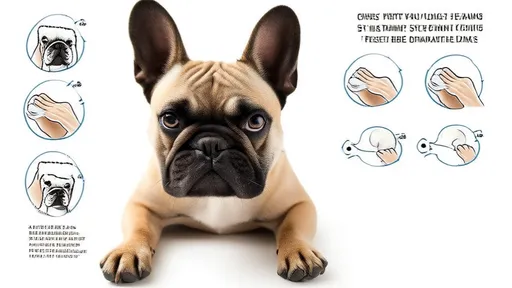
By /Jun 28, 2025
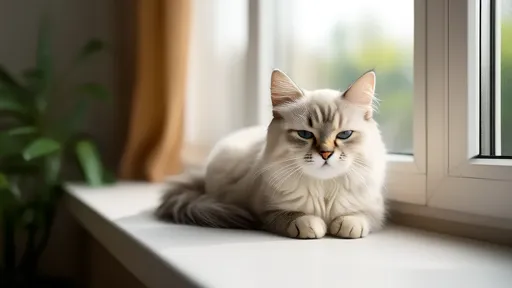
By /Jun 28, 2025
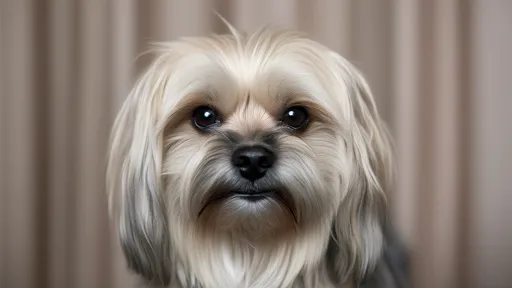
By /Jun 28, 2025

By /Jun 28, 2025
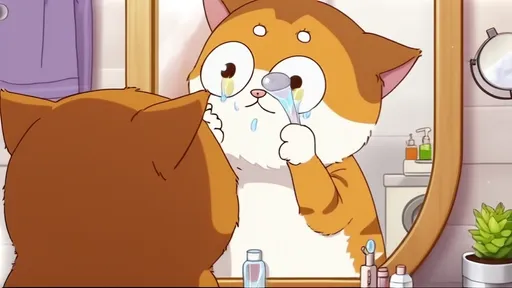
By /Jun 28, 2025
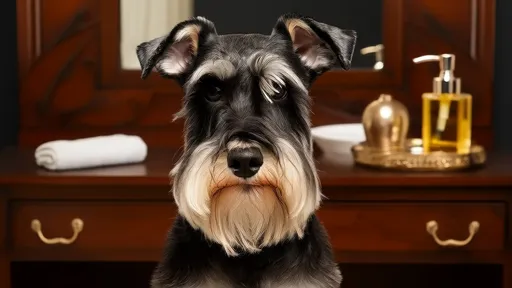
By /Jun 28, 2025
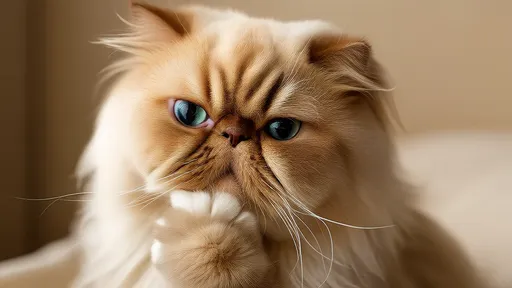
By /Jun 28, 2025
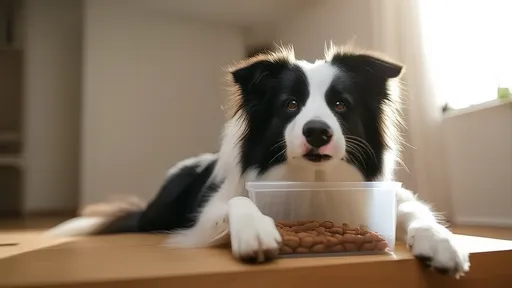
By /Jun 28, 2025

By /Jun 28, 2025
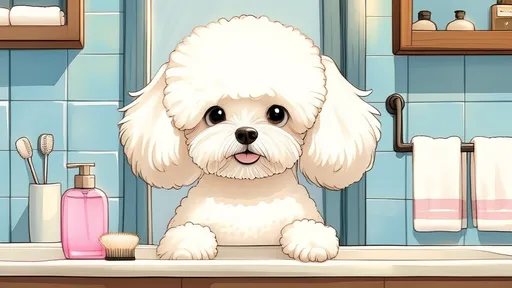
By /Jun 28, 2025
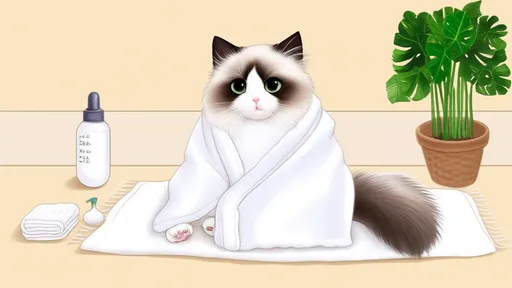
By /Jun 28, 2025
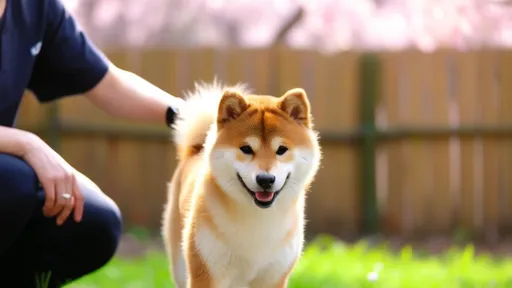
By /Jun 28, 2025
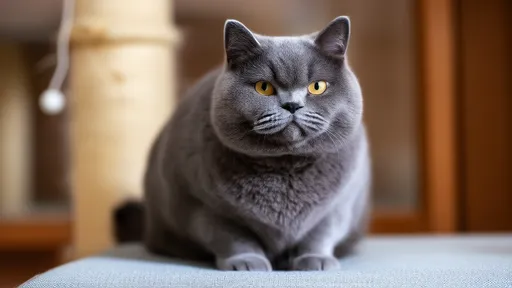
By /Jun 28, 2025
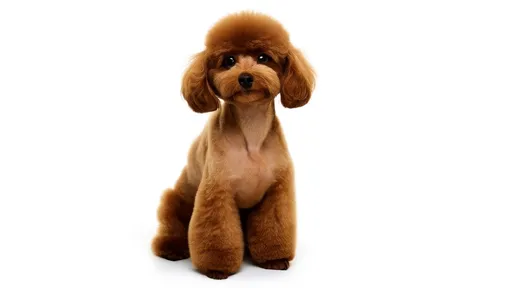
By /Jun 28, 2025
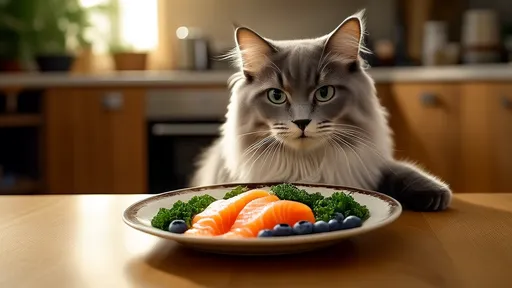
By /Jun 28, 2025
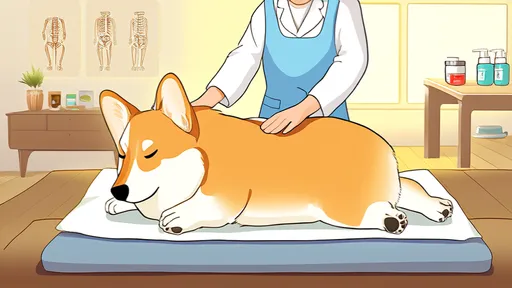
By /Jun 28, 2025
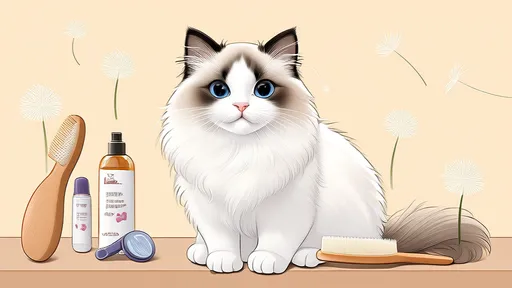
By /Jun 28, 2025